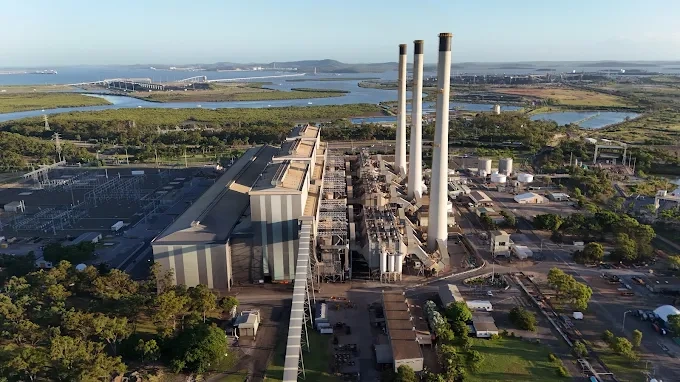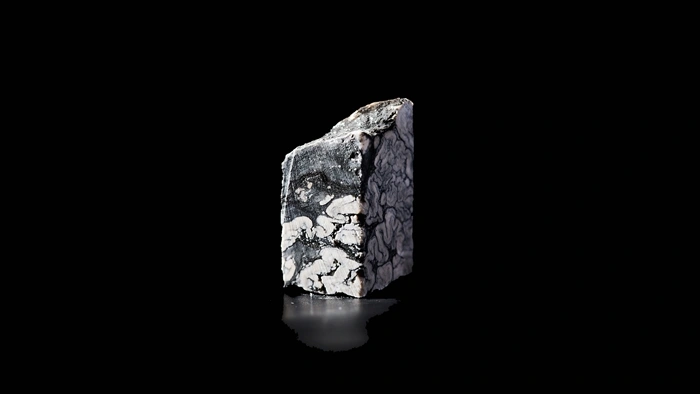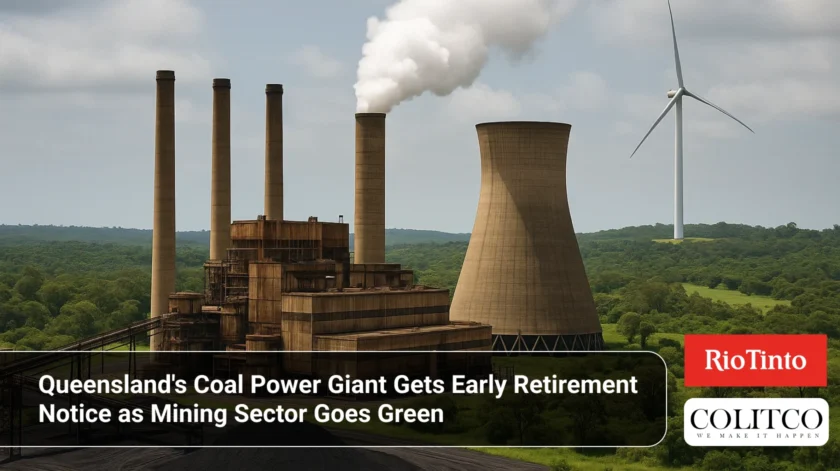A major industrial shift is reshaping Queensland’s energy landscape.
Mining giant Rio Tinto has confirmed plans to potentially retire the Gladstone Power Station by March 2029, six years ahead of schedule. The facility has been Queensland’s workhorse since 1976, generating up to 1,680 megawatts from six coal-powered turbines.
The announcement came on 1 October 2025 when CS Energy formally notified the Australian Energy Market Operator (AEMO) about the potential closure. This mandatory notification gives the market 3.5 years advance warning, as required under National Electricity Rules.
What’s Driving the Early Exit?
The decision aligns with expiring supply contracts to Boyne Smelters Ltd, Rio Tinto’s aluminium operation that consumes roughly 10% of Queensland’s total electricity.
But there’s a bigger picture here.
Rio Tinto has been aggressively pivoting toward renewable energy to keep its aluminium operations globally competitive. The company signed Australia’s largest renewable power purchase agreements in 2024, securing 2.7 gigawatts of wind and solar capacity for its Gladstone facilities.
Key timeline markers:
- March 2025: Rio Tinto signed solar and battery agreements with Edify Energy
- Late 2025: Construction begins on Smoky Creek & Guthrie’s Gap Solar Power Stations
- 2028: New renewable projects targeting completion
- 2029: Gladstone Power Station contracts expire
- 2029+: Queensland government support package kicks in for Boyne Smelters
 The Gladstone Power Station has supplied Queensland with coal-fired electricity since 1976.
The Gladstone Power Station has supplied Queensland with coal-fired electricity since 1976.
Jobs and Economic Impact Under Spotlight
More than 3,000 jobs in Gladstone connect directly to Rio Tinto’s operations. The power station itself employs hundreds through operator NRG Energy and various contractors.
Queensland Conservation Council Director Dave Copeman called the closure announcement “evidence that heavy industry and the private sector are getting on with the transition to cheaper renewable energy.”
Environmental advocates praise the move. Gladstone is Queensland’s oldest and largest coal plant, ranked as the second least available coal station nationally due to reliability issues.
Local advocate Emma Smith noted: “Our community has been the powerhouse of Queensland for decades, and we can be for decades into the future if we plan for changing global demand and build new clean industries.”
The Renewable Energy Replacement Plan
Rio Tinto isn’t leaving its aluminium operations in the dark.
The mining giant has locked in:
- 600MW solar capacity from Smoky Creek & Guthrie’s Gap stations
- 600MW / 2,400MWh battery storage systems
- 4GW from Windlab’s Bungaban wind project
- 1GW from European Energy’s Upper Calliope solar farm
Combined, these projects will supply 80% of the Boyne Smelter’s annual electricity needs, cutting carbon emissions by 70% or 5.6 million tonnes yearly. That’s equivalent to removing roughly 2 million cars from Australian roads.
The battery storage component marks a first for Rio Tinto’s Australian operations, addressing the intermittency challenges of renewable energy.
Government Support Secures Transition
The Queensland government committed to a support package starting in 2029 through its Energy and Jobs Plan. While financial details remain confidential, the arrangement aims to maintain Boyne Smelters’ competitiveness during the renewable transition.
Premier Steven Miles emphasised: “This is a good deal for Queensland that secures one of our biggest employers, but also one of our biggest emitters.”
Under the agreement, Rio Tinto must:
- Operate the smelter at full capacity until 2040
- Maintain ongoing capital expenditure
- Meet employment requirements
- Develop demand response capabilities to support grid stability
The federal government later announced a $1.7 billion production credit scheme for low-carbon aluminium, providing additional support for the industry’s clean energy shift.
Market Context and Future Outlook
The closure reflects broader industry trends. Traditional coal-fired power has become increasingly expensive and unreliable compared to renewable alternatives.
Queensland currently generates 27% of its electricity from renewables, targeting 50% by 2030 and 80% by 2035.
Rio Tinto Chief Executive Australia Kellie Parker stated: “These agreements are integral to repowering our Gladstone aluminium operations with affordable, reliable and lower carbon energy for decades to come.”
The company’s Gladstone operations include three major facilities:
- Boyne aluminium smelter (545,000 tonnes annual capacity)
- Yarwun alumina refinery
- Queensland alumina refinery
Together they employ over 4,500 people directly and support thousands more regional jobs.

Rio Tinto is investing heavily in solar and battery infrastructure to power its Queensland operations.
What Happens Next?
No final decision has been made on closure. The joint venture participants—Rio Tinto (42.125% stake), NRG Energy, and Japanese partners—will engage stakeholders through March 2029 to assess options.
The notice period can be extended if market conditions change. Rio Tinto emphasised there’s “potential to extend the life of the power station should market and other factors allow.”
Operations continue unchanged for now. Existing power contracts remain in place until expiry in March 2029.
Between now and then, the region faces critical planning decisions about workforce transition, site remediation, and establishing Gladstone as a renewable energy manufacturing hub.
Also Read: Beijing Orders Total Freeze on BHP Iron Ore Shipments in Price War Escalation
FAQs
- When will Gladstone Power Station close?
A. Potentially in March 2029, when current supply contracts expire. However, no final decision has been made and the closure could be extended. - How many jobs will be affected?
A. The power station directly employs hundreds through NRG Energy. Rio Tinto’s broader Gladstone operations support over 3,000 jobs regionally, but the company has committed to maintaining employment through the renewable transition. - What will replace the power station’s output?
A. Rio Tinto has secured 2.7GW of wind and solar projects with battery storage to supply its operations. The renewable projects will provide 80% of the Boyne Smelter’s electricity needs. - Will this affect Queensland’s power supply?
A. The closure is planned to coincide with new renewable generation coming online. AEMO received 3.5 years advance notice to ensure grid stability is maintained. - Is this related to climate commitments?
A. Partially. The transition aligns with Australia’s emissions reduction targets and Rio Tinto’s decarbonisation strategy, but cost competitiveness is the primary driver as coal power becomes more expensive than renewables.












